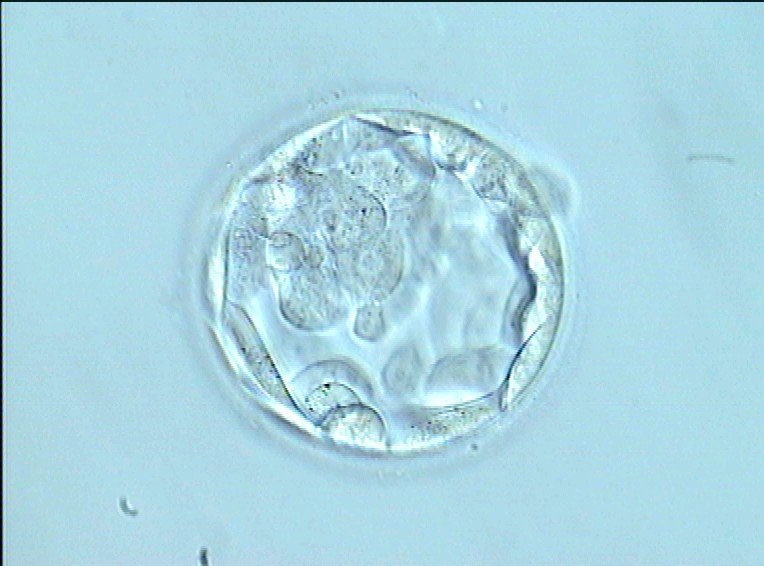
Blastocyst, advantages of a transfer on day 4 or 5
When we perform an assisted reproduction cycle, we try to optimise the results as much as possible. Currently, the most physiological way of achieving this is with an embryo culture that reaches the blastocyst stage.
But, what is a blastocyst?
A blastocyst is an embryo with a complex cellular structure consisting of approximately 200 cells, which has been in culture for 4, 5 or 6 days. The blastocyst phase is the stage of development prior to implantation in the womb.
The morphological characteristics of a blastocyst are: a cavity (blastocoel) and the differentiation between two cellular structures; the inner cell mass (which will create the future embryo) and the trophoectoderm (resulting in placental structures).
What are the advantages of a transfer on day 4 or 5?
- First of all, it allows us to select the best embryos to transfer. The embryos that reach this stage have a higher implantation capacity (under optimal conditions, around 40%); since they have overcome the possible development blockages that often occur in early stages.
- It reduces the number of embryos to transfer, depending on each case, in order to transfer just one or a maximum of two embryos. This way the risk of multiple pregnancies is reduced.
- It allows for a more physiological synchronization between the embryonic development and the endometrial receptivity, which as we’ve mentioned is the stage prior to the time of implantation.
Current Spanish law allows for prolonged embryonic cultures, which involve improved monitoring of the embryonic development and the transfer of those that nature has selected. Undoubtedly, this selection leads to an improved implantation rate, which results in a higher ongoing pregnancy rate.
Instituto Bernabeu has vast experience in performing long cultures with excellent results. In fact, currently over 60% of embryos reach the blastocyst stage and the ongoing pregnancy rates are over 55%. These results are slightly higher in our egg donation programme.
Dr. Dori Rodríguez, biologist of Instituto Bernabeu.
